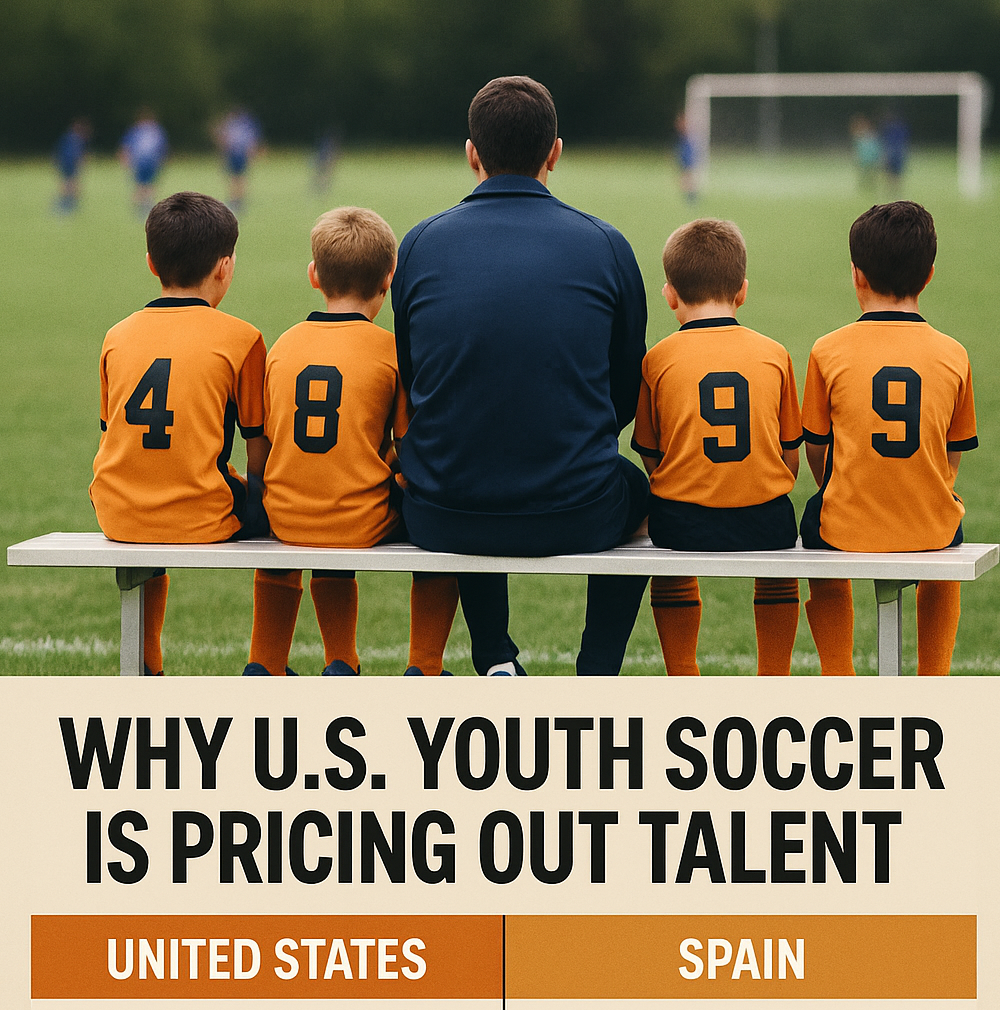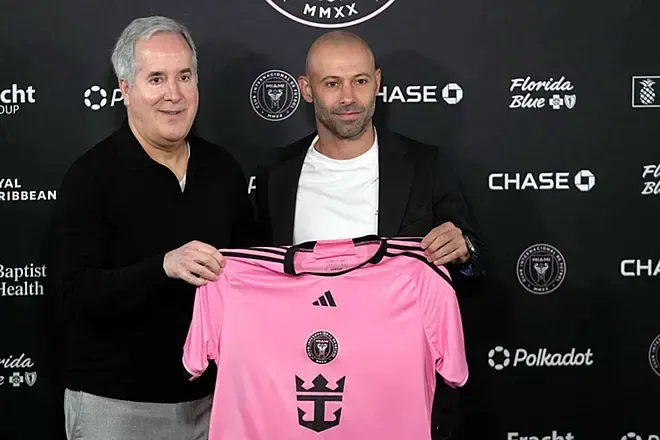A Costly Contrast with Spain

Youth soccer in the United States is facing a growing crisis—not of talent, but of accessibility. Despite the sport’s rising popularity, especially after the success of the U.S. Women’s National Team and the country’s growing role on the international stage, youth soccer remains a pay-to-play system that is often out of reach for many families. With annual fees averaging around $1,500 per child, not including travel, equipment, or tournament expenses, the sport has become more of a privilege than a pathway.
This article explores the root of this issue, the consequences it has on the future of American soccer, and how the Spanish system offers a radically different—and more inclusive—model.
The Price Tag of U.S. Youth Soccer
For many American families, signing a child up for competitive soccer means budgeting like they’re preparing for college. According to Aspen Institute’s Project Play, the average annual cost per child in competitive soccer ranges between $1,200 and $4,000, depending on the region and level of play. These costs typically include:
- Club registration fees
- Uniforms and training kits
- Weekly coaching sessions
- League entry and tournament fees
- Travel (gas, hotels, flights for national events)
That $1,500 figure often cited is conservative when you add in tournaments that require travel across states or even coast-to-coast. For parents with two or more children, the financial burden becomes nearly impossible without significant income or sponsorship.
Who Gets Left Out?

This paywall disproportionately affects working-class families, immigrants, and communities of color. Ironically, many of the most talented young players in the world come from such backgrounds. But in the U.S., unless a family can pay, the chances of a gifted child being scouted or developed at an elite level are slim.
This structure also means that youth clubs are businesses first, and development academies second. Many prioritize revenue over scouting grassroots talent or reaching underserved communities. In essence, America is building a soccer system based on economic access, not merit.
A Look at Spain: Talent First, Wallet Later
In Spain, the picture is drastically different—and instructive.
- Youth clubs are community-based, often linked to city councils (ayuntamientos) or local sports associations.
- Registration costs for a season at a municipal or regional academy range between €100 and €400 per year.
- Coaching is often subsidized, and facilities are publicly funded.
- Travel is minimal: teams compete within geographic zones, and long-distance travel is rare at the early levels.
- Top players are scouted by professional clubs’ academies (La Masia, Real Madrid’s La Fábrica, etc.), where training and equipment are fully covered.
Spanish academies operate on a meritocratic pyramid: talent is scouted from the grassroots and brought into structured, low-cost development systems. A child showing promise in a small town in Galicia or Andalusia may find themselves at a La Liga academy by age 12—without their parents ever paying thousands of euros.
Comparison Table: USA vs. Spain (Youth Soccer)
| Feature | United States | Spain |
|---|---|---|
| Avg. Cost per Season | $1,300–$4,000 | €250–€450 |
| Main Funding Model | Private clubs, parent-paid | Public/club-sponsored |
| Travel Requirements | Often interstate | Local/Regional |
| Talent Scouting | Based on club access | Based on grassroots scouting |
| Coaching Quality | Varies by cost of club | Standardized, often certified |
| Socioeconomic Access | Low | High |
| Pro Academy Access | Limited to elite, expensive clubs | Open to regional talent |
Consequences for U.S. Soccer
The U.S. is leaving talent on the sidelines—not due to lack of potential, but due to lack of affordability. This system has several knock-on effects:
- Less diversity in the player pool
- Slower development of elite players
- Weaker connection to the community and local culture
- Lower long-term competitiveness on the global stage
In contrast, Spain’s inclusive, grassroots-first approach has produced generations of world-class players: Andrés Iniesta, Iker Casillas, Gavi, Pedri, and countless others who came through community clubs into national stardom.
A Way Forward?
To fix this, the U.S. must:
- Subsidize youth soccer at the municipal level, making basic participation nearly free.
- Decentralize elite development from pay-to-play academies and scout talent in schools and neighborhoods.
- Encourage MLS and USL teams to develop academies that absorb costs like their European counterparts.
- Limit travel requirements by forming regional leagues with minimal logistics.
Until these steps are taken, the U.S. will continue to develop a soccer ecosystem where affluence, not ability, is the primary gateway to success.
Conclusion
Soccer in America doesn’t suffer from a lack of talent—it suffers from a lack of access. Spain shows that world-class players can emerge from modest beginnings when the system values potential over payment. If the U.S. wants to compete at the highest level, it needs to start thinking less like a business and more like a footballing nation.








